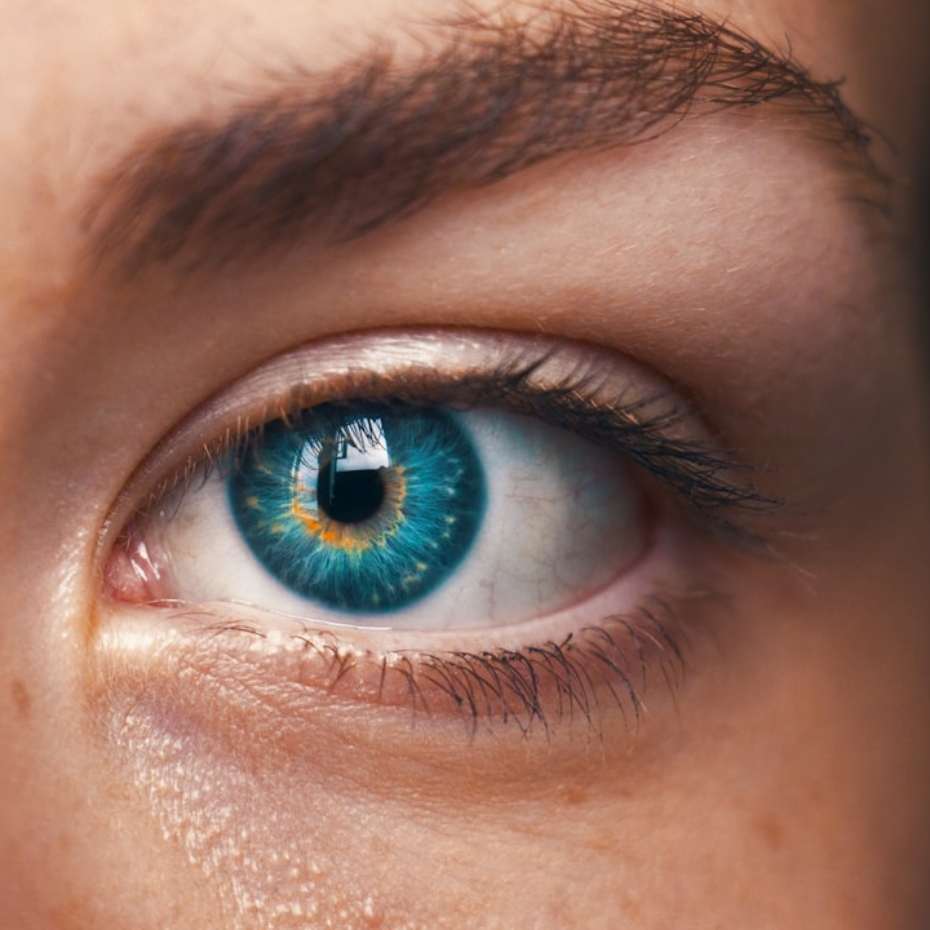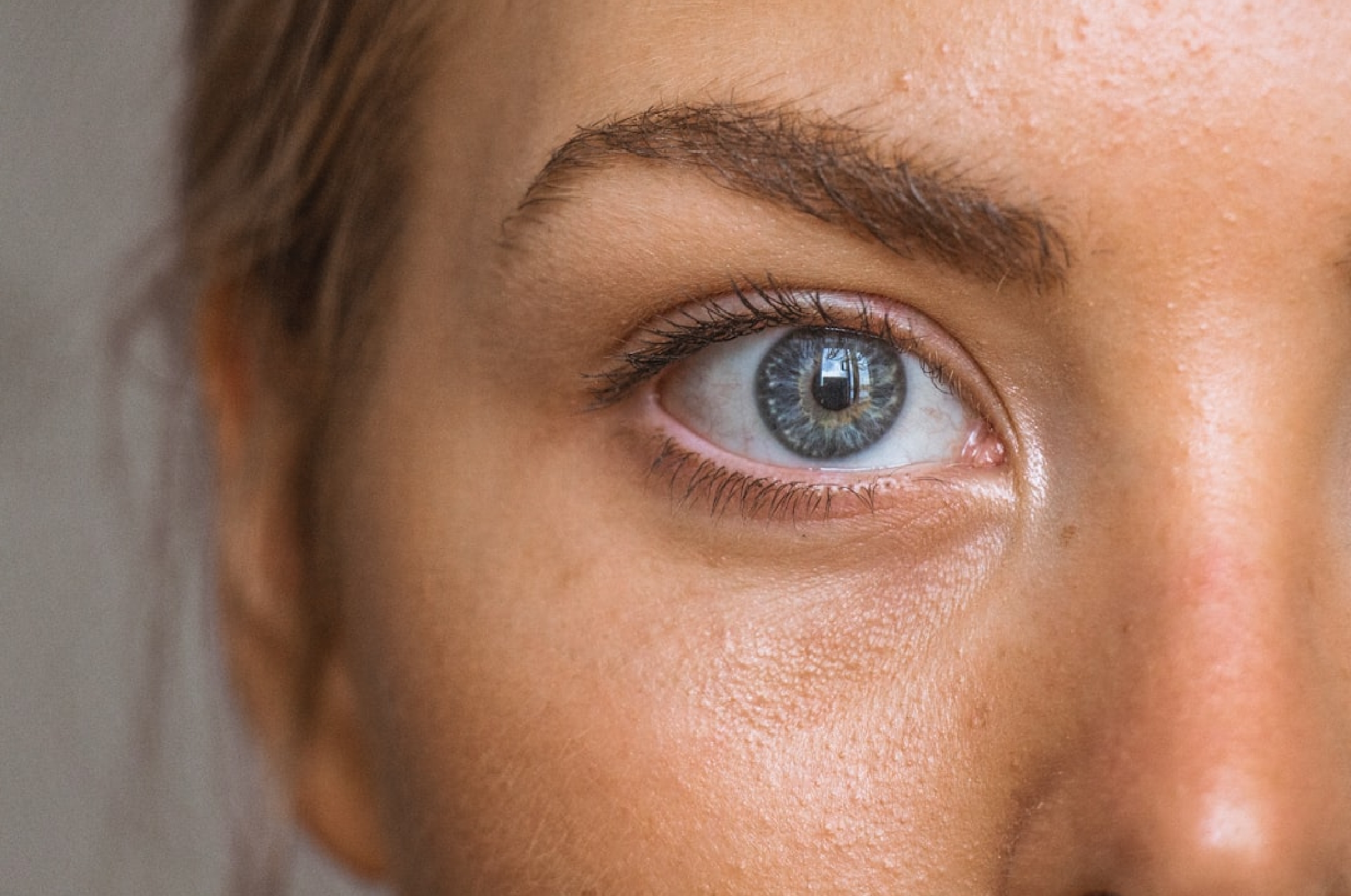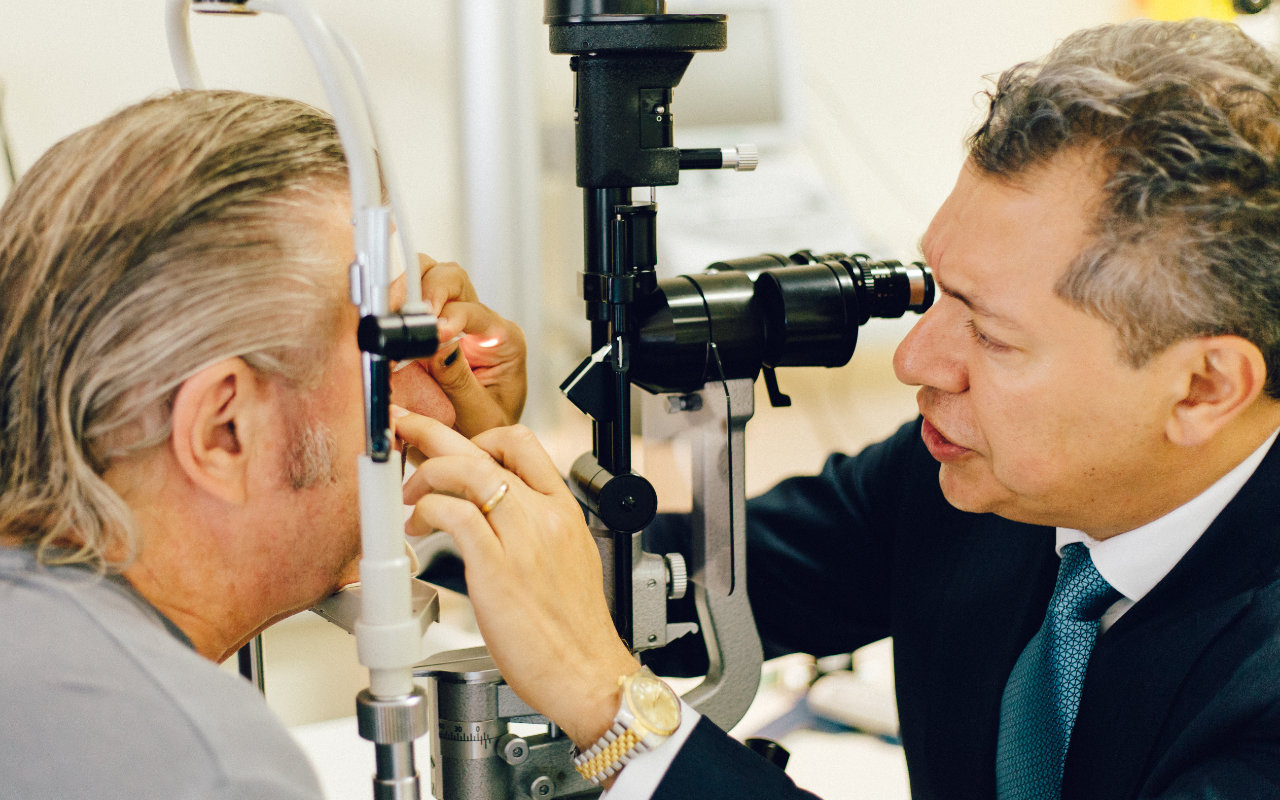
Posterior Capsular Opacification (PCO) & YAG Laser Posterior Capsulotomy
Consultant-led treatment from Mr Hooman Sherafat, with precision care and personal support at every step.
Book a Consultation Scroll to learn more

Overview
Posterior Capsular Opacification (PCO) at The London Eye Clinic
Following cataract surgery, nearly 1 in 10 patients have thickening of the back of the posterior part of the lens capsule which holds the artificial lens implant in place. This is called posterior capsule opacification or PCO. PCO decreases the amount of light travelling through to the retina.
Symptoms
Symptoms Suggesting You Might Need Laser Capsulotomy
- Blurred vision
- Difficulty seeing in bright light
- Vision problems
- Gradual deterioration or blurring or mistiness of vision after previous cataract surgery. This can present months to years after surgery.

About
About Posterior Capsular Opacification (PCO)
What is posterior capsular opacification (PCO)?
Following cataract surgery, nearly 1 in 10 patients have thickening of the back of the posterior part of the lens capsule which holds the artificial lens implant in place. This is called posterior capsule opacification or PCO. PCO decreases the amount of light travelling through to the retina. This results in the vision becoming blurred and can cause difficulty seeing in bright light. If you have PCO that is affecting your vision, Mr Sherafat may recommend laser treatment to help clear your vision.
Treatment
Information on the procedure
The treatment involves using a type of laser, called YAG laser. YAG laser is a beam of focused light that can be targeted very accurately. In patients with PCO, the laser is directed at the thickened capsule behind the lens implant. The YAG laser delicately cuts a hole through the capsule (called a capsulotomy) without affecting the other parts of the eye behind or in front of the capsule. Making the hole in the capsule improves vision by allowing more light to pass directly to the retina.
What does YAG laser capsulotomy treatment involve?
Eye drops are used to dilate (widen) your pupil before the treatment. This can make your vision blurry for a few hours. An anaesthetic drop may also be used to numb the front of your eye so that you do not feel any discomfort. You will then be asked to place your head on the headrest of the laser machine. Mr Sherafat may use a contact lens to help keep your eye in the right position and to help focus the laser. Mr Sherafat will then activate the laser and use a series of laser pulses to make the hole in the centre of the capsule. Each laser pulse lasts a fraction of a second.
The treatment only usually takes a few minutes and during that time, you may see flashing lights or hear some clicks from the machine. You should not feel any pain from the laser itself.

Patient Journey
What you can expect under our care

Consultation & Examination
Eye drops are used to dilate (widen) your pupil before the treatment. This can make your vision blurry for a few hours.
Your Procedure
You will then be asked to place your head on the headrest of the laser machine. Mr Sherafat will then activate the laser and use a series of laser pulses to make the hole in the centre of the capsule.
Recovery & Follow-up
Some patients need a short course of steroid drops after the laser treatment. In some cases Mr Sherafat may ask you to stay in the Department for a while after laser to check your eye pressure.
Frequently Asked Questions
Common questions we are asked
Got a question that’s not covered here?
Just get in touch with our friendly team we’re happy to help and always here to talk through your options.
Contact usOnce your pupil has been dilated, the procedure is quick and painless, taking 2 – 3 minutes to complete.
You are advised not to drive for up to 24 hours after the treatment.
The laser procedure is considered very safe. Serious complications are possible but very rare. Your eye may be a little sore afterwards, but this should soon wear off. Rarely, laser can cause detachment of the nerve layer at the back of the eye (retinal detachment) or swelling of the centre of the retina (macular oedema). The vast majority of people will see an excellent improvement in their vision without experiencing any problems.
Some patients need a short course of steroid drops after the laser treatment. In some cases Mr Sherafat may ask you to stay in the Department for a while after laser to check your eye pressure. If it is high, he may give you extra drops to lower the pressure.
Most patients notice an improvement immediately or shortly after the treatment. It may, however, take a few days for your sight to fully recover. The vision should be restored to the level you had following your cataract surgery, unless you have another eye condition affecting your sight. You will still have to use your glasses as before.
You may notice a few ‘floaters’ shortly after the treatment. Floaters are harmless clumps of debris from the capsule that move around and may be seen as dots, circles, lines, clouds or cobwebs. Floaters usually go away or become less noticeable over a few days or weeks. Some floaters persist but they do not usually affect the vision.
As the laser treatment does not require any cuts or stitches, you are normally able to return to your daily activities straight away. You will be given a follow up for a few weeks after your treatment.
Simply visit our contact page and use any of the methods on that page to contact us to get a consultation booked in at a time and location to suit you.
Ready to book a consultation?
Whether you’re looking for more information or want to take the next step, our friendly team is here to help and happy to talk things through with you.
Contact us
"*" indicates required fields
Why Choose Us
Reasons Our Patients Trust Us with their eyes.
Our patients know that they are cared for and listened to. We take the time to provide clear information about all available options, along with the benefits and risks of each. This approach gives every patient the confidence to make informed choices about their treatment, knowing they are supported every step of the way.
Putting the patient first
At The London Eye Clinic, patient care is at the heart of everything we do. Hooman is known for his caring, transparent approach, taking the time to understand each person’s individual needs and creating treatment plans that are compassionate, thorough, and patient-centred . From leading the Best Interest Ophthalmology Service for patients with learning difficulties to offering clear guidance on surgical and non-surgical options, his focus is always on doing what’s right for the patient.
Advanced eye care treatment
With extensive training at leading London hospitals, including St George’s, Guy’s and St Thomas’, and Moorfields. Hooman brings advanced expertise in oculoplastic, lacrimal, and reconstructive surgery alongside general ophthalmology. The London Eye Clinic offers a wide range of treatments, from cataract operations to delicate eyelid procedures, delivered with the latest techniques and the highest standards of care. Whether routine or complex, every treatment is carried out with precision and attention to detail.
Over 20 years of experience
Since qualifying in 1992, Hooman has gained over two decades of experience treating thousands of patients. His work is recognised not only in the UK but also internationally, performing cataract operations in Ghana, Bangladesh, and Burma, and being invited to the House of Lords in recognition of his support for the visually impaired. This depth of experience gives patients confidence that they are in safe, capable hands.

Testimonials
What Are Patients Saying?
Real stories from patients who trusted their eyes to Hooman Sherafat.
